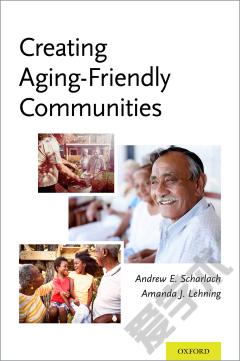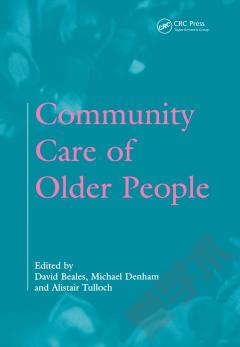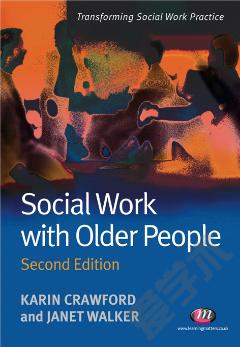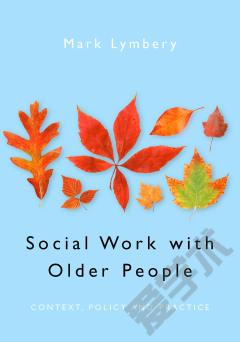Creating Aging-Friendly Communities
Why America's cities and towns must become better places to grow old. Communities throughout the United States are poorly designed for dealing with the dramatic demographic changes they are experiencing as their residents age. Demographic changes are especially acute in the West, where Nevada and Alaska will see their senior populations increase by more than 50 percent during the current decade. In Las Vegas, the population age 65 and older is expected to grow by more than 130 percent, while St. George, Utah, can expect an increase of more than 150 percent (Frey, 2007). Already, older adults constitute more than 30 percent of the residents in a number of counties in the South (e.g., the Florida counties of Charlotte, Highlands, Citrus, and Sarasota), according to the 2000 Census. This dramatic increase in the older population reflects the aging of the baby boom, the approximately 80 million Americans born between 1946 and 1965, who have transformed public and private institutions throughout their life course thus far (Frey, 2007) and are also likely to transform the country's communities as "aging boomers" (no longer babies!). Indeed, this process has already begun with the current elderly cohort. Already, we are seeing increasing popular interest in the communities in which we live and will live as we grow older. Reports bearing titles such as "Best Places to Retire" or "Best Cities for Seniors" are produced regularly by US News a World Report, Business Week, Sperling's bestplaces.net, and AARP, among others. Good Places to Grow Old? Yet, the communities in which most of us live are hardly "good places to grow old," and fewer than one-half of America's cities and towns have even begun to address the needs of an aging society (National Association of Area Agencies on Aging [N4A], 2006). Many long-established urban communities are "aging in place," experiencing infrastructure deterioration that makes them challenging for older residents, while newer suburban communities that were designed primarily with young families in mind are ill-equipped as those families age. Residential neighborhoods usually are completely isolated from commercial areas, in part the result of land-use policies and zoning regulations developed nearly 100 years ago to reduce the public health hazards associated with overcrowded and unsanitary urban living. In recent years, further consolidation of shopping and other commercial interests has led to "big-box" stores and giant malls accessible only by automobile and requiring a substantial amount of walking and negotiating passageways not designed for an older body moving at slow speeds. Seldom does one find even a bench to sit on, let alone a quiet place for friends and neighbors to gather. Even accommodations mandated by the Americans with Disabilities Act are designed primarily for younger people in wheelchairs rather than older adults who become fatigued easily. At a time when individuals need to cover substantial distances to accomplish virtually any task- whether to buy groceries, see a doctor, or visit a friend- the automobile has become an essential link to the outside world. The older person who cannot, or should not, drive can quickly become physically as well as socially isolated. Nor is public transportation the answer for most such elders, as getting to transit stops, boarding buses, and negotiating fare systems frequently is considerably more demanding than simply piloting an automobile. Moreover, many of our streets and transportation systems seem designed to promote "the safety, convenience and comfort of motor vehicles" (U.S. Department of Transportation, 2007, p. 3), rather than assuring that people- everyone, especially the least mobile among us- can get where they want to go when they want to go there. This is not even to mention the human and environmental costs associated with such automobile-dependence. We talk about civic engagement and the untapped potential of today's older people to contribute to their communities; this potential cannot be accessed if geographic barriers prevent community participation. â¦
{{comment.content}}








 京公网安备 11010802027623号
京公网安备 11010802027623号